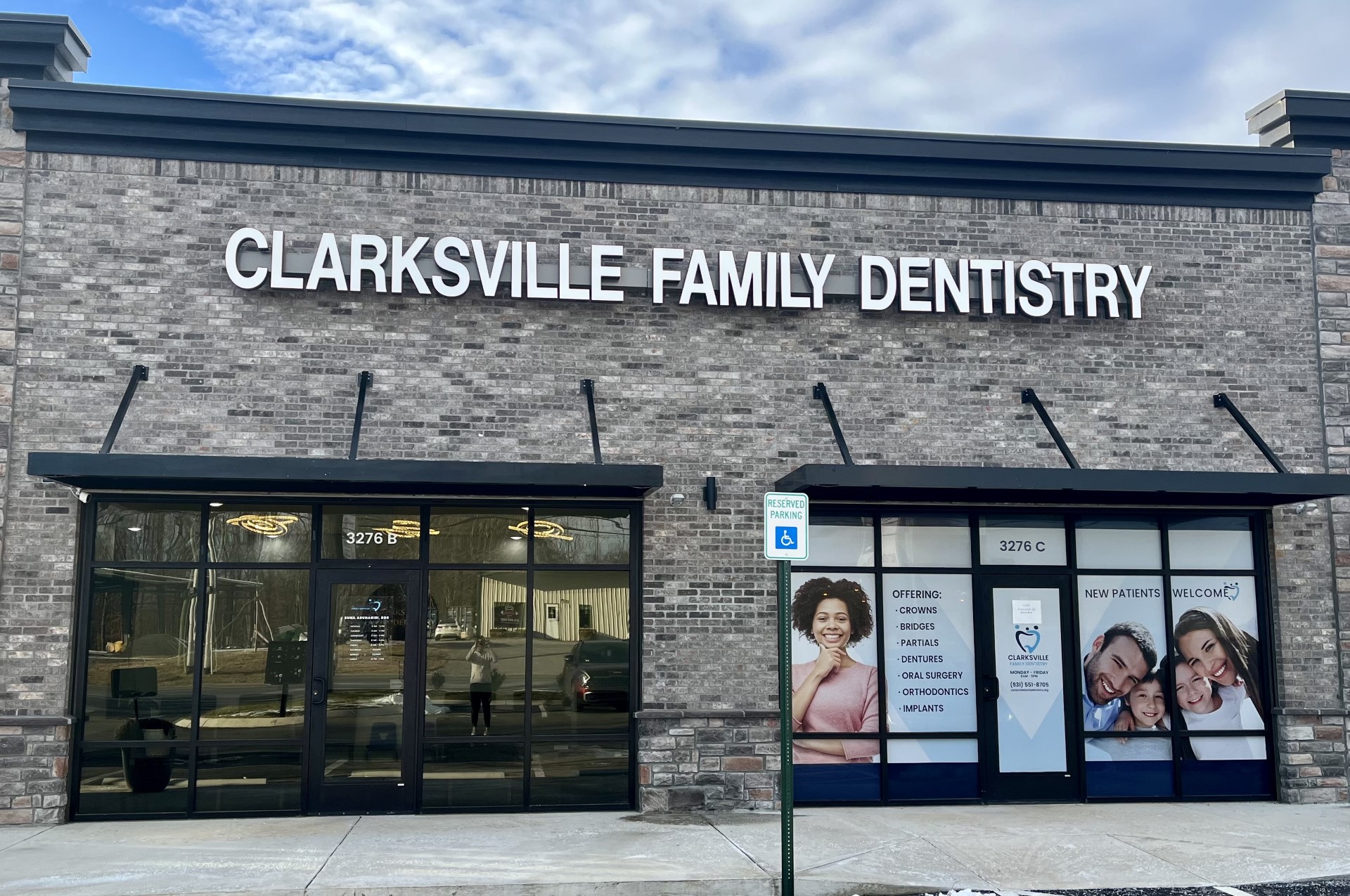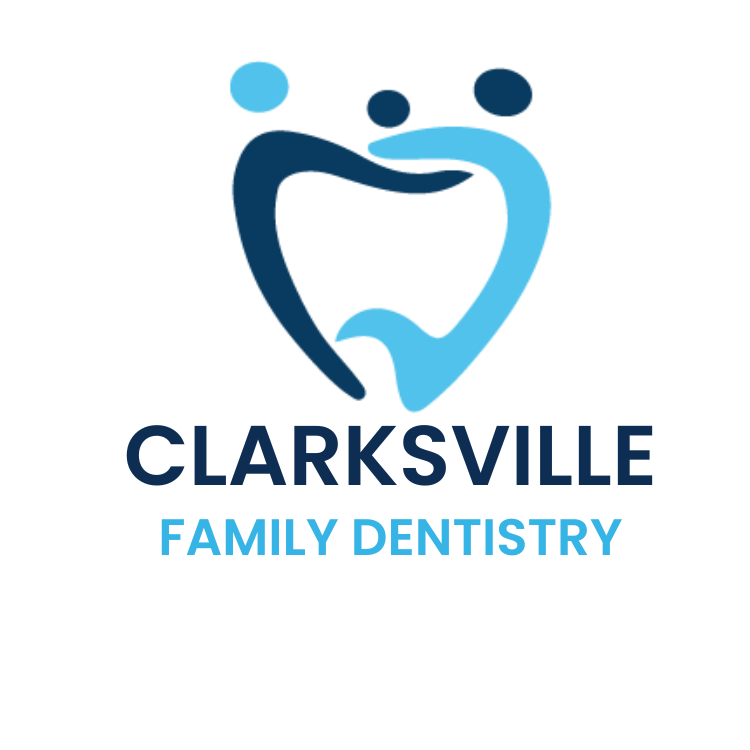Digital X-Rays
Digital radiography, also known as digital X-ray, represents the cutting-edge technology utilized for capturing dental X-rays. Departing from traditional X-ray film, this technique employs an electronic sensor to capture and store digital images directly onto a computer.
The immediate viewing and enlargement capabilities of digital X-rays offer enhanced diagnostic precision, aiding dentists and dental hygienists in detecting dental issues more effectively. Notably, digital X-rays reduce radiation exposure by 80-90% compared to conventional dental X-rays, contributing to patient safety and comfort.
Dental X-rays play a pivotal role as preventive diagnostic tools, revealing crucial information inaccessible during routine dental exams. Dentists leverage this insight to identify hidden dental abnormalities and devise precise treatment plans, ultimately safeguarding patients’ oral health.
Without X-rays, potential problem areas may remain undetected. Dental X-rays have the potential to uncover various conditions, including abscesses, bone loss, tumors, decay between teeth, developmental abnormalities, and issues beneath the gum line. Early detection facilitated by X-rays can mitigate future dental complications, saving patients time, money, and unnecessary discomfort.
Are Digital X-Rays Safe?
While natural radiation exposure is inevitable, digital X-rays substantially reduce radiation levels compared to traditional methods. Apart from being safer for patients, digital X-rays offer expedited imaging processes, reducing time spent in the dental office. Additionally, since digital images are captured electronically, there’s no need for chemical development, minimizing environmental impact.
Despite their safety, dentists take precautionary measures to limit radiation exposure, including performing X-rays only when necessary and utilizing lead apron shields for patient protection.
Frequency of Dental X-Rays
The frequency of dental X-rays varies based on individual dental health needs, medical history, age, and risk factors for disease. New patients typically undergo a full mouth series of X-rays, which remains valid for three to five years. Subsequently, bite-wing X-rays, taken once or twice a year during recall check-ups, help monitor for new dental issues.

Convenient Appointments Monday through Friday.
No matter what your schedule looks like, we want to provide you with the high-quality dentistry that you deserve. Call (931) 551-8705 to book your appointment today!

